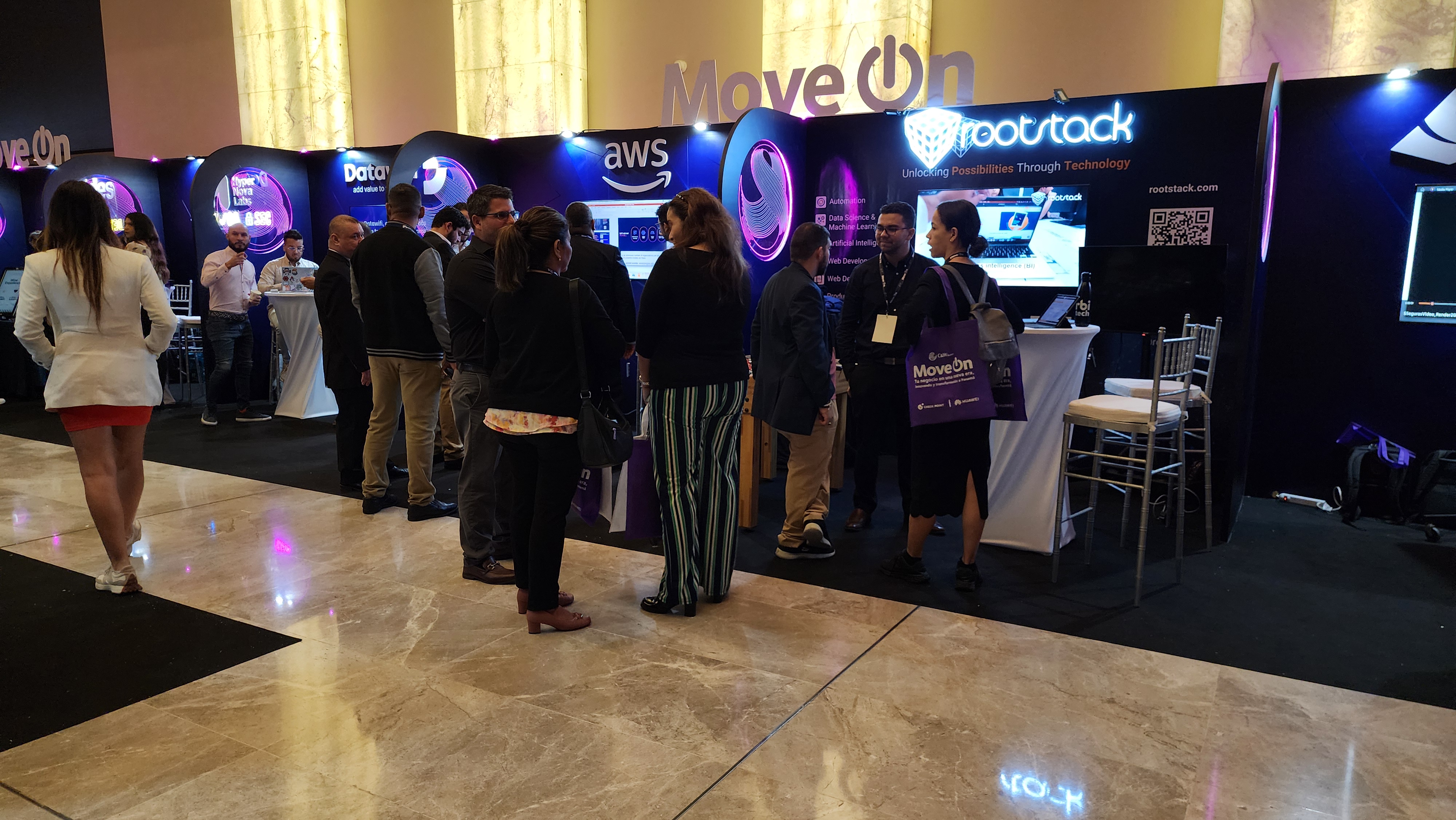5 use cases for MuleSoft in enterprise integration
February 29, 2024
Table of contents
Quick Access

When you need to apply technology capable of connecting multiple applications together and making integrations a piece of cake, MuleSoft is the best option. This tool is also quite useful in the business world, where it is common to see work teams drowned with different applications full of unknown data.
MuleSoft, as they define it on the Salesforce page, is “a platform that gives IT the tools to automate everything. This includes integrating data and systems, automating workflows and processes, and creating incredible digital experiences, all in a single, easy-to-use platform. With our unique approach, IT creates the digital building blocks that teams can use as needed, all with the appropriate security, governance and compliance measures-built in.”
MuleSoft Use Cases to Integrate Business Systems
The uses of MuleSoft within business systems are several, all with benefits for each work department, but there are five that stand out above the rest, where experts in this technology stand out by ensuring that the company takes full advantage of the benefits and manages to increase internal productivity.
The 5 most popular MuleSoft use cases are:
Application integration
Many companies operate a variety of applications, ranging from legacy systems to modern cloud-based solutions. MuleSoft can integrate these disparate systems by providing connectors and APIs that facilitate seamless communication between applications.
For example, you can integrate CRM systems like Salesforce with ERP systems like SAP to ensure customer data flows seamlessly between sales and finance departments.
“A CRM system allows companies to manage relationships with customers and prospects with data. “You can store, track, and analyze customer and prospect information in a central location, including contact and account information, sales opportunities, service cases, and marketing campaigns,” as it is explained in a Salesforce article.
Data integration
Companies often deal with large volumes of data stored in different formats across multiple systems. MuleSoft can aggregate, transform, and synchronize data from multiple sources to provide a unified view of information across the organization.
This could involve integrating data warehouses, databases, cloud storage and other data repositories to enable real-time analysis, reporting and decision-making.
API management
APIs (application programming interfaces) play a crucial role in enabling communication between different applications and services. MuleSoft's API management capabilities help companies design, publish, secure, and manage APIs effectively.
This includes enforcing access controls, rate limiting, version control, and monitoring API usage to ensure optimal performance and security. For example, MuleSoft can be used to expose internal business functionality as APIs for third-party developers or partners to leverage.
AWS defines an API as “mechanisms that allow two software components to communicate with each other using a set of definitions and protocols. For example, the weather office software system contains daily weather data. The weather app on your phone “talks” to this system via API and shows you daily weather updates on your phone.”

B2B Integration
Companies frequently engage in electronic data interchange (EDI) with business partners, suppliers, and customers. MuleSoft facilitates B2B integration by supporting various communication protocols and data formats commonly used in partner ecosystems. You can automate the exchange of purchase orders, invoices, and other documents, optimize supply chain processes, and improve collaboration with external stakeholders.
IoT integration
With the proliferation of Internet of Things (IoT) devices, companies are generating large amounts of sensor data that must be collected, processed, and integrated with existing systems. MuleSoft can connect IoT devices to enterprise applications, enabling real-time monitoring, analysis and control of IoT data. For example, you can integrate sensor data on manufacturing equipment with backend systems to optimize production processes and predictive maintenance.
At Rootstack we are MuleSoft partners, guaranteeing the experience of our team when this technology must be applied in the integrations of your company's systems and applications. Contact us to discuss the solutions we have available to you.
We recommend you on video
Related Blogs

What programming language is used for API development?

ERP Software: Benefits for the banking industry

Best Practices for Hiring an RPA Developer

BPM solutions for the hotel industry

